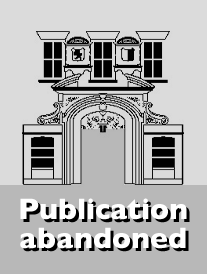
This book examines the legal framework and practice associated with the gathering and use of forensic evidence for international criminal trials. Particular focus is placed on how evidence is unearthed and documented through the exhumation of mass graves and the post-mortem examination of the remains of victims of war crimes, crimes against humanity and genocide. Whilst grounded in law, the study draws in a number of other disciplines, including forensic anthropology, archaeology, history, philosophy and anthropology, which are necessary in order to understand the social, legal, scientific and ethical significance of international forensic investigations.